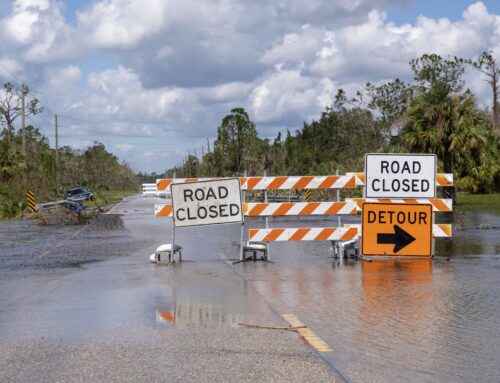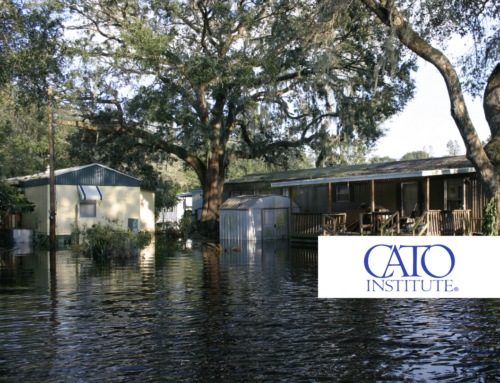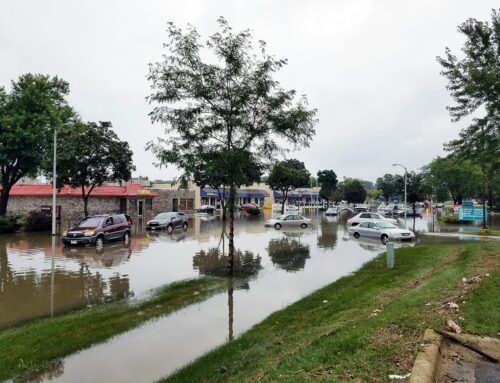(Washington, DC)-Environmental and taxpayer groups today praised Representatives Ron Kind (D- WI), Tammy Baldwin (D-WI) and Earl Blumenauer (D-OR) for introducing the Army Corps Reform Act of 2000, which would make long-awaited reforms to the Army Corps of Engineers.
Key reforms in the bill include a requirement for independent, outside expert review of all large or controversial projects, increased stakeholder involvement, making environmental protection an equal purpose of future Corps projects, and requiring adequate mitigation for Corps levees and dams that harm rivers and wildlife.
“The Army Corps Reform Act of 2000 will restore public faith in the Corps' decision-making process,” said Scott Faber, Senior Director of Public Policy for American Rivers. “Without reforms, there is no way to ensure that corps projects are economically justified, environmentally sound and serve the national interest.”
Conservation and taxpayer groups hope that many of the reforms proposed in the Army Corps Reform Act of 2000 will be included in the Water Resources Development Act (WRDA) of 2000, the omnibus bill that authorizes new Corps projects and sets Corps policy. The Senate failed to include reforms in its committee version of WRDA and the House committee is expected to mark up their version next week.
“This bill's common sense reforms should be in WRDA,” said Steve Ellis, Director of Water Resources with Taxpayers for Common Sense. “But unfortunately Congress only seems interested in getting election year pork.”
Highlighting the need for reforms are several Corps projects that have come under scrutiny, including lock expansion, channel and harbor deepening, and brownfield remediation projects, in recent months. In particular, top Corps officials allegedly developed a “secret pl.png” to expand the agency's budget by 50 percent.
“We should not be building projects that are based on questionable or untrustworthy economic and environmental analyses,” said Carl Zichella, Midwest Regional Director with the Sierra Club. “The public has a right to know that projects are truly needed and justified.”
Independent review by outside experts and increasing stakeholder involvement would ensure that the Corps conducts unbiased assessments of projects and that proposed projects meet the needs of affected communities.
Despite a growing backlog of projects (estimated federal cost of $38 billion), an increasing number of corps projects primarily benefit private interests.
“Many projects are built to serve the needs of a handful of special interests, and the Corps frequently treats local cost-sharing partners-rather than the American people-as their clients,” commented David Conrad, Water Resources Specialist with the National Wildlife Federation.
In several cases, the Corps has failed to mitigate for the environmental impacts of dams and channels or the benefits of mitigation projects have never materialized. The Army Corps Reform Act of 2000 would require full, concurrent mitigation and reject projects when their environmental impacts cannot be successfully or cost-effectively mitigated.
“Too many Corps projects have just flushed money down the river,” said Tim Searchinger, Senior Attorney with Environmental Defense. “Congress should not commit to billions of dollars in more projects without the reforms in this bill.”
For more information, visit and visit
** Attention regional reporters: Army Corps of Engineers dams, navigation, flood control, and environmental mediation projects are nationwide. To locate projects in your circulation area, use the search function at http://www.usace.army.mil/
Contact: Steve Ellis
(202) 546-8500 x126











Get Social